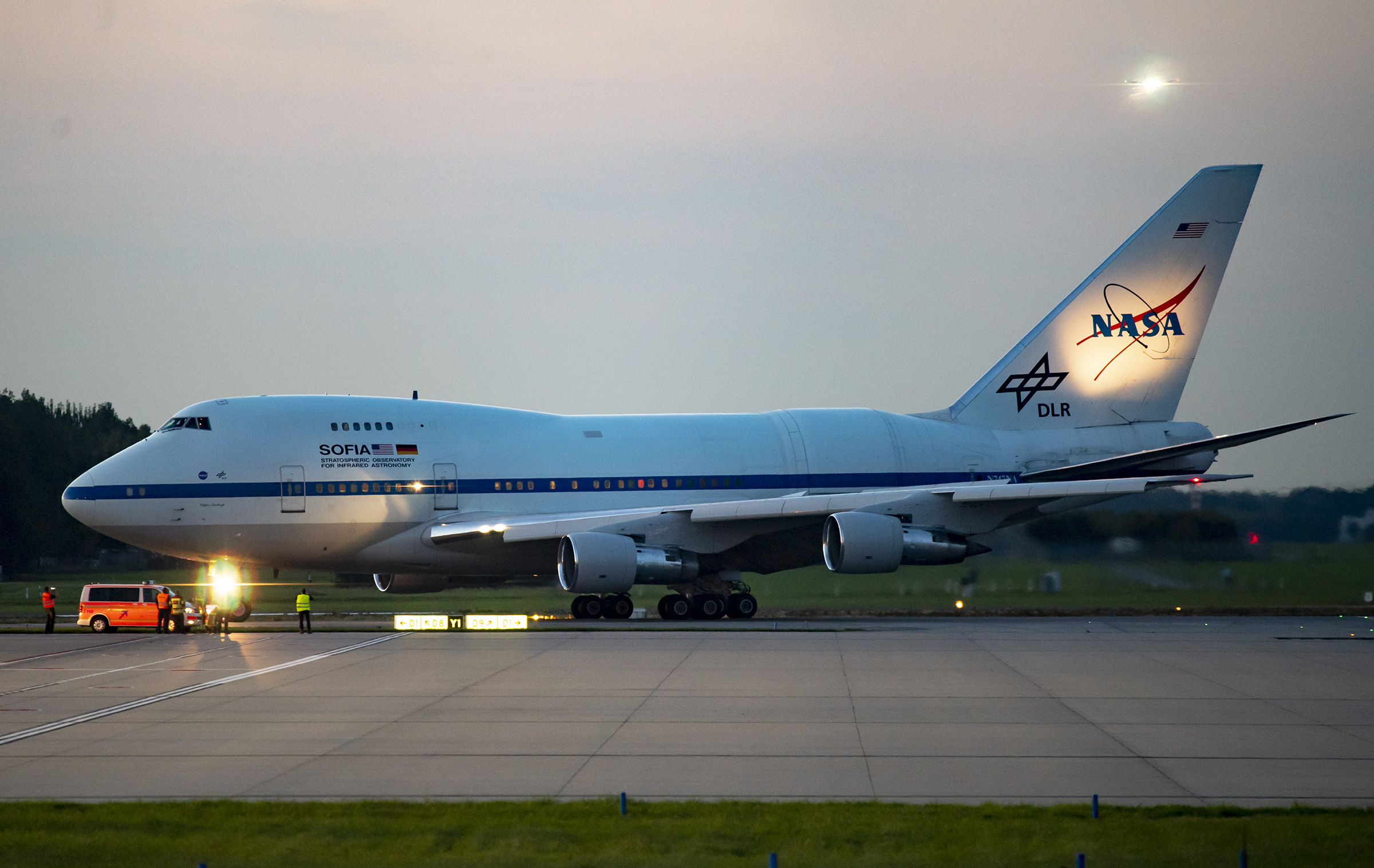Water detected on asteroid surface for the first time ever
Data from a retired NASA spacecraft has helped scientists detect water on an asteroid’s surface for the first time ever. The discovery is highlighted in a new study featured in The Planetary Science Journal. The researchers involved say that discovery could help us learn more about how early planets formed.
“Asteroids are leftovers from the planetary formation process,” SwRI’s Dr. Anicia Arredondo, the lead author of the new study, explained in a press release. “Their compositions vary depending on where they formed in the solar nebula.”
This particular discovery continues to highlight the importance of studying asteroids, as well as how helpful data from now-retired spacecraft and observatories can be. The data used to detect water on the asteroid’s surface came from NASA’s Stratospheric Observatory for Infrared Astronomy (SOFIA).
This joint project between NASA and the German Space Agency at DLR was active between 2014 and 2022. As such, the data captured in the observatories over the last couple of years is still providing new insights into discoveries like this.
Other attempts to capture data showcasing water molecules on asteroids proved inconclusive, the researchers note. They attempted to capture data from two fainter asteroids, Parthenope and Melpomene, but the researchers say the data was too noisy to draw any definitive conclusions.
With the data from SOFIA, though, they are able to say without a doubt that water molecules can exist on the surface of an asteroid. And they have plans to conduct studies of other asteroids to see if they can detect water molecules on those.
The researchers will not attempt to use James Webb to peer more closely at the asteroid that SOFIA observed. The hope is that the studies conducted with Webb will provide more information and further confirmation. Altogether, the researchers say they have around 30 targets that they want to check during the telescope’s next cycle.
Data from a retired NASA spacecraft has helped scientists detect water on an asteroid’s surface for the first time ever. The discovery is highlighted in a new study featured in The Planetary Science Journal. The researchers involved say that discovery could help us learn more about how early planets formed.
“Asteroids are leftovers from the planetary formation process,” SwRI’s Dr. Anicia Arredondo, the lead author of the new study, explained in a press release. “Their compositions vary depending on where they formed in the solar nebula.”
This particular discovery continues to highlight the importance of studying asteroids, as well as how helpful data from now-retired spacecraft and observatories can be. The data used to detect water on the asteroid’s surface came from NASA’s Stratospheric Observatory for Infrared Astronomy (SOFIA).

This joint project between NASA and the German Space Agency at DLR was active between 2014 and 2022. As such, the data captured in the observatories over the last couple of years is still providing new insights into discoveries like this.
Other attempts to capture data showcasing water molecules on asteroids proved inconclusive, the researchers note. They attempted to capture data from two fainter asteroids, Parthenope and Melpomene, but the researchers say the data was too noisy to draw any definitive conclusions.
With the data from SOFIA, though, they are able to say without a doubt that water molecules can exist on the surface of an asteroid. And they have plans to conduct studies of other asteroids to see if they can detect water molecules on those.
The researchers will not attempt to use James Webb to peer more closely at the asteroid that SOFIA observed. The hope is that the studies conducted with Webb will provide more information and further confirmation. Altogether, the researchers say they have around 30 targets that they want to check during the telescope’s next cycle.
